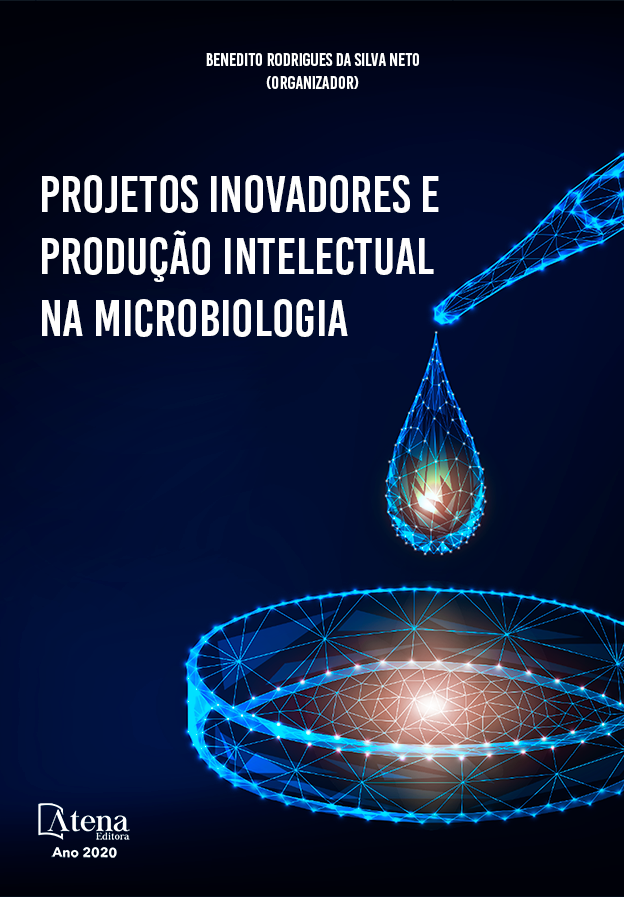
REMOÇÃO DO ÁCIDO ACETILSALICÍLICO EMPREGANDO BIOFILME MICROBIANO DESENVOLVIDO NATURALMENTE EM AREIA DE FILTROS DE ESTAÇÕES DE TRATAMENTO DE ÁGUA – UM ESTUDO COMPARATIVO COM DIFERENTES SUPORTES
O presente trabalho apresentou três objetivos. O primeiro objetivo foi avaliar a remoção do ácido acetilsalicílico (AAS) por biodegradação, empregando biofilme desenvolvido naturalmente na areia dos filtros de uma estação de tratamento de água (ETA). O segundo, foi avaliar a influência da natureza do suporte no processo de remoção do fármaco, empregando diferentes suportes (carvão ativado granular, esponja de poliuretano e areia dos filtros). O terceiro objetivo foi identificar a comunidade microbiana cultivável presente na areia dos filtros. A remoção do AAS a partir de soluções diluídas foi avaliada através de medidas espectroscópicas na região do ultravioleta. Para a identificação dos micro-organismos foram realizadas diluições seriadas de uma suspensão do consórcio microbiano extraído da areia dos filtros. Foram encontradas 2,1x109 UFC/g e as características morfo-tintoriais identificaram 1 isolado de fungo filamentoso e 24 isolados de bactérias: 41,66 % Gram-negativas e 58,33 % Gram-positivas. Análises para identificação molecular dos isolados foram realizadas através do sequenciamento parcial do gene de rRNA 16S, que identificou 15 isolados, estes pertencendo aos gêneros Bordetella, Pseudomonas, Bacillus, Kerstersia, Proteus e Alcaligenes. A composição dos biofilmes foi avaliada, também, por microscopia eletrônica de varredura, que revelou um arranjo complexo composto por diversos morfotipos microbianos. Os ensaios de remoção mostraram que o AAS é predominantemente removido por adsorção em carvão ativado granular, e por biodegradação quando areia é empregada como suporte, ambos apresentando uma remoção superior a 90%. Dessa forma, conclui-se que a natureza do suporte é um importante parâmetro no processo de remoção do AAS, e que biofilmes microbianos podem constituir uma excelente alternativa para tratamento de águas, contribuindo na redução dos custos nas ETAs e no prolongamento da vida útil dos filtros.
REMOÇÃO DO ÁCIDO ACETILSALICÍLICO EMPREGANDO BIOFILME MICROBIANO DESENVOLVIDO NATURALMENTE EM AREIA DE FILTROS DE ESTAÇÕES DE TRATAMENTO DE ÁGUA – UM ESTUDO COMPARATIVO COM DIFERENTES SUPORTES
-
DOI: 10.22533/at.ed.74720171115
-
Palavras-chave: biodegradação, adsorção, biofilme, ácido acetilsalicílico, diversidade microbiana.
-
Keywords: biodegradation, adsorption, biofilm, acetylsalicylic acid, microbial diversity.
-
Abstract:
The present work presented three objectives. The first objective was to evaluate the removal of acetylsalicylic acid (ASA) by biodegradation, using biofilm naturally developed in the sand of the filters of a water treatment plant (WTP). The second was to evaluate the influence of the nature of the support on the pharmaceutical compound removal process, using different supports (granular activated carbon, polyurethane foam and water filter sand). The third objective was to identify the cultivable microbial community present in the water filter sand. Removal of the ASA from diluted solutions was evaluated using spectroscopic measurements in the ultraviolet region. To identify the microorganisms, serial dilutions of a suspension of the microbial consortium extracted from the water filter sand were performed. It was found 2.1x109 CFU/g and the morpho-staining characteristics identified 1 filamentous fungus isolate and 24 bacterial isolates: 41.66% Gram-negative and 58.33% Gram-positive. Analyzes for molecular identification of the isolates were performed through partial sequencing of the 16S rRNA gene, that identified 15 isolates, these belonging to the genera Bordetella, Pseudomonas, Bacillus, Kerstersia, Proteus and Alcaligenes. The composition of biofilms was also evaluated by scanning electron microscopy, which revealed a complex arrangement composed of several microbial morphotypes. The removal assays showed that the ASA is predominantly removed by adsorption on granular activated carbon, and by biodegradation when water filter sand is used as a support, both with a removal higher than 90%. Thus, it is concluded that the nature of the support is an important parameter in the process of removing ASA, and that microbial biofilms can be an excellent alternative for water treatment, contributing to reducing costs in WTPs and extending the useful life of filters.
-
Número de páginas: 25
- Karla Joseane Perez
- Fernanda Cortez Lopes
- Paula Silva Pereira
- Lúcia Allebrandt da Silva Ries


